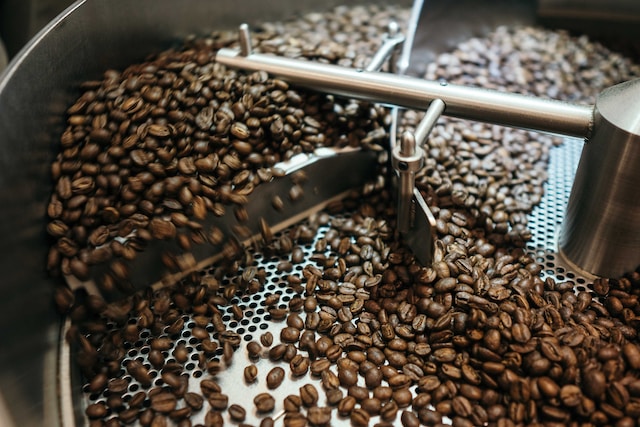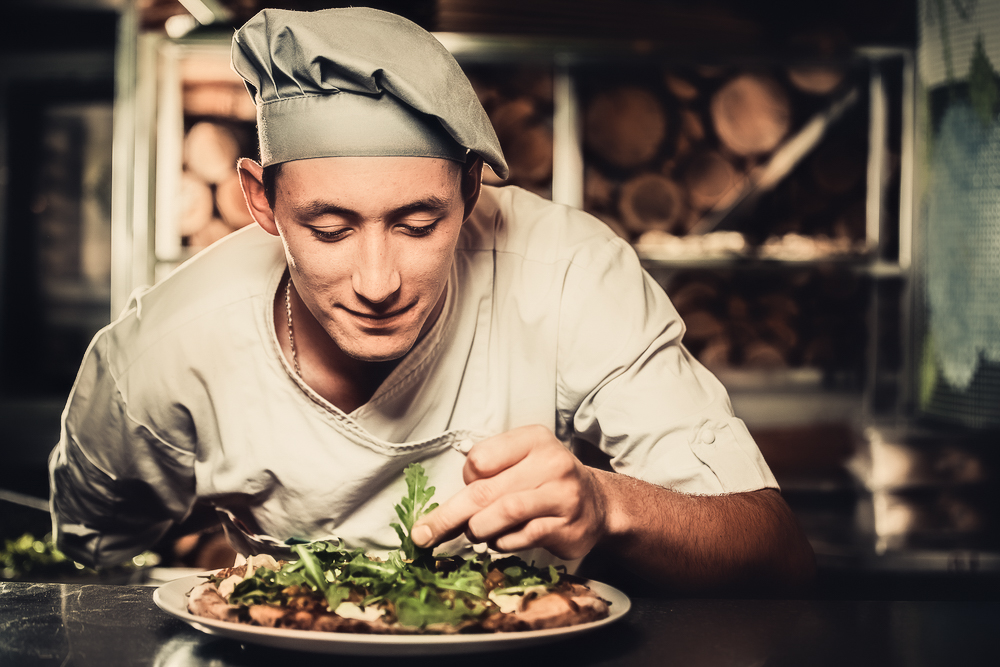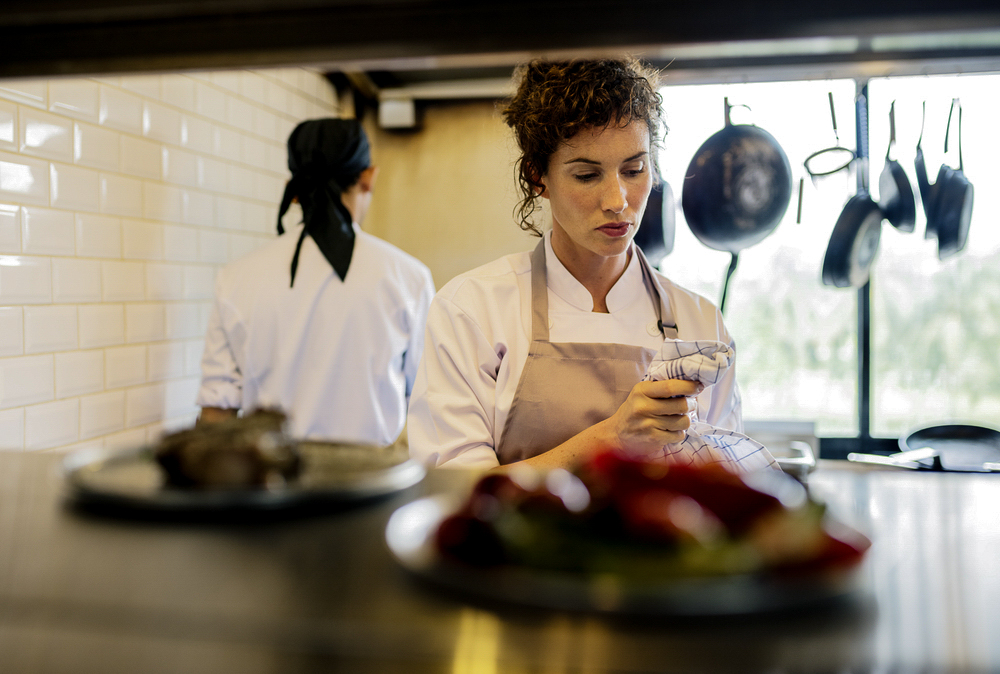
When it comes to barista brilliance, understanding the two main methods of roasting coffee—the drum method and the hot-air method—is essential. Rather than just being two different methods to achieve the same thing, each method draws out distinct flavours and aromas, influencing the cup of coffee you later serve. This is similar to how different roast levels influence the final brew. Understanding the two main methods of roasting coffee will ensure you're able to adjust the brewing process to highlight the unique characteristics each results in.
What Happens When You Roast Coffee?
Regardless of which of the two methods is used, what happens to the beans remains the same. The green coffee beans first pale to yellow and then begin to darken as the amino acids react with the reducing sugar. The beans begin to double in size and shed the husk or chaff that covers green beans. At around 200ºC a build-up of gases in the beans are released, resulting in the first crack. For light roasts, the roasting process is stopped soon after the first crack. Dark roasts require a second crack, which occurs at around 224ºC.
Drum Roasting Coffee
Drawing its roots from ancient traditions, drum roasting is a more conventional method of coffee roasting. The coffee beans are placed in a large metal drum, which is then heated either directly – by a flame under the drum – or indirectly via the heated surfaces of the drum.
As the drum rotates, the beans tumble over and over, absorbing heat from the drum walls and the hot air within. This approach offers a slower cook that tends to take between 12-20 minutes to complete, depending on the desired roast level.
Drum roasting allows for a deeper, less acidic flavour. The slow roast allows sugars and fats within the beans to caramelise and develop, creating rich, full-bodied flavours and a velvetier mouthfeel.
Critics of drum roasting point out the potential for inconsistent roasts. The chaff stays in the drum throughout the roasting process, and if it sticks to the drum it can burn, giving off smoke that can influence the taste of the coffee. There is also the risk of scorching if the beans come into contact with an overheated drum surface. However, skilled roasters with a careful hand can manage these risks somewhat and achieve high-quality, nuanced roasts.
Air Roasting Coffee
Otherwise known as fluid bed roasting, air roasting is a more modern method used for transforming raw, green coffee beans into the toasty brown kernels we know and love. The air roasting technique uses hot air for a quick, efficient process to roast the coffee beans.
The green coffee beans are placed in a roasting chamber where a continuous stream of hot air lifts and swirls them around. This 'fluid bed' keeps the beans in constant motion, ensuring a more even heat distribution and a consistent roast. The chaff is also pulled from the chamber, preventing any smoky flavours from developing. This process prevents scorching and allows the beans to roast without direct contact with a hot surface.
Air roasting is a rather quick method that should take 7-12 minutes. The shortened roast time can lead to a brighter, more acidic coffee, highlighting the natural flavours of the bean and often resulting in a more complex flavour profile.
Air roasting enthusiasts appreciate its clean, crisp flavours and uniform roast, as well as the reduced risk of over-roasting or 'tipping', a common pitfall in the drum roasting method.
So, whether you're a fan of the bright, clean notes achieved via air roasting, or the robust, complex flavours brought out by the drum roasting method, understanding these roasting techniques helps you appreciate the art behind every cup of coffee. Further your appreciation of coffee by enrolling in our short Coffee Appreciation course or start on your path to becoming a skilled barista with our two-day Barista Master Class.




